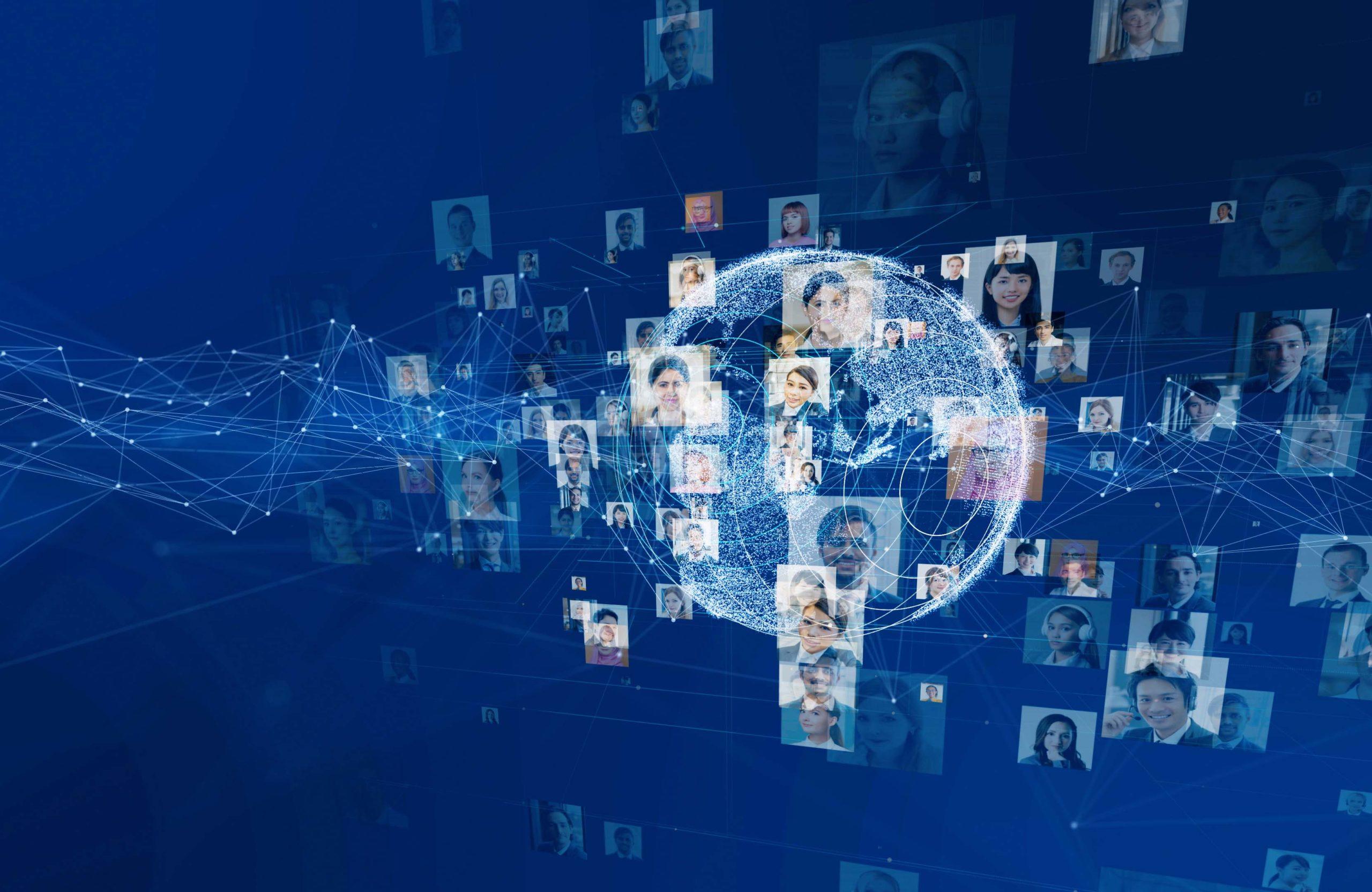Bridging the Digital Divide: Global Initiatives Making technology Accessible for All
In today’s hyper-connected world, digital access is no longer a luxury—it’s a fundamental right. However, billions still lack reliable access to computers, the internet, or digital literacy. The digital divide, the gap between those who can fully participate in the digital age and those who cannot, is one of the greatest social challenges of our era. Fortunately, various global initiatives are working tirelessly to bridge this divide and make technology accessible for all.
What is the Digital Divide?
The term digital divide refers to the disparities in access to facts and communication technologies (ICT) such as computers, smartphones, and high-speed internet. This divide often aligns with socioeconomic, geographic, age, and educational differences, disproportionately affecting rural populations, developing countries, and marginalized communities.
- Economic Divide: Affordability of devices and data plans remains a barrier.
- Geographic divide: Urban residents are more likely to have internet access than their rural counterparts.
- Education Divide: digital literacy is lower among those with limited formal education.
why Bridging the Digital Divide Matters
Access to technology empowers individuals by opening up opportunities for education,employment,health,and civic engagement. Bridging the digital divide contributes to:
- Social equity: Ensuring all have equal opportunities to benefit from digital advancements.
- Economic growth: Businesses and workers gain from enhanced communication, productivity, and e-commerce.
- Education: students access a world of knowledge and remote learning tools.
- Public health: Digital access supports telemedicine and disseminates health information.
Global Initiatives Closing the Gap
A variety of organizations and collaborations—ranging from governments to nonprofits and private enterprises—have launched innovative programs to make technology accessible to all. Here are some of the most impactful initiatives:
1. Internet.org by Meta (formerly Facebook)
Internet.org is a partnership between tech companies, including Meta, that seeks to bring affordable internet access to less developed regions. With services like Free Basics, it provides essential services such as news, health information, and job listings at no cost to users.
2. Giga: Connecting Every School to the Internet
Launched by UNICEF and the International Telecommunication Union (ITU), Giga is mapping schools and connecting them to high-speed internet. Their goal: connect every school, empowering millions of children with digital education opportunities.
3. project Loon by Alphabet
Project Loon used high-altitude balloons to beam internet to remote locations. While Google’s parent company, Alphabet, ended Project Loon in 2021, the project showcased innovative approaches to connect the unconnected, inspiring ongoing research and deployment of alternative internet delivery methods.
4. One laptop Per Child (OLPC)
The One Laptop Per Child initiative has distributed millions of rugged,low-cost laptops to children in developing countries. This project helps bridge both the device and digital literacy gap, fostering creativity and learning.
5. Microsoft Airband Initiative
Microsoft’s Airband Initiative aims to expand broadband access in underserved rural communities globally via partnerships, investments, and advocacy, using innovative spectrum technologies.
6. Starlink by SpaceX
Starlink is deploying a constellation of satellites to provide low-latency, high-speed internet across the globe, especially targeting areas where infrastructure is scarce or non-existent.
Case Studies: Success Stories in Bridging the Digital Divide
Kenya: Transforming Education Through Digital Literacy
The government of Kenya, in partnership with OLPC and other organizations, has distributed over one million digital devices to students and educators. Results show improved literacy rates, higher school attendance, and increased engagement, especially in rural districts.
India: Digital India Campaign
Launched in 2015, the Digital India campaign aims to increase internet infrastructure and digital literacy for millions of Indians. The program has introduced e-governance, online education, and remote healthcare to previously disconnected regions.
rural America: Microsoft Airband in Action
Microsoft’s Airband Initiative is collaborating with local ISPs in the U.S.to connect rural areas and tribal communities. In regions where high-speed internet was once non-existent, thousands of homes and businesses now enjoy reliable broadband, catalyzing education and economic growth.
Practical Tips: How Communities Can Contribute to Digital Inclusion
While large-scale initiatives are vital, local action also plays a crucial role. Here are practical steps that communities, organizations, and individuals can take:
- Donate obsolete devices: Organizations collect and refurbish used electronics for those in need.
- Support public Wi-Fi: Libraries, community centers, and nonprofits can offer free or subsidized internet access.
- Host digital literacy workshops: Volunteer to teach seniors, immigrants, or underserved youth basic tech skills.
- Lobby for infrastructure: Advocate for broadband expansion and investment at the local government level.
The Benefits of Making Technology Accessible for All
- Empowered learners: Digital access helps students thrive in a connected world.
- Increased job opportunities: People can access remote work and skill-building resources online.
- Better healthcare outcomes: Telemedicine and health apps connect patients to care, irrespective of geography.
- Active civic engagement: People can participate in democratic processes and access government services online.
First-Hand Experience: Stories from the front Lines
“Before Starlink arrived, our village had to travel for miles just to get a weak mobile signal. Now, kids attend online classes, farmers access weather updates, and we can stay in touch with relatives abroad. It’s like the world is finally open to us.”
— Maria, rural Chile
Such stories echo around the globe, highlighting how technology access transforms lives and unlocks new possibilities.
Conclusion: The Path Forward
As we strive for a connected world, bridging the digital divide remains a moral, social, and economic imperative. From global partnerships and cutting-edge technology to grassroots community efforts, making technology accessible for all leads to more inclusive growth, resilience, and shared prosperity. Continued investment, innovation, and collaboration are essential so that everyone, everywhere, can benefit from our digital future.
By supporting initiatives that bridge the digital divide, we’re not just connecting people—we’re empowering entire communities and building a stronger, more equitable world.

